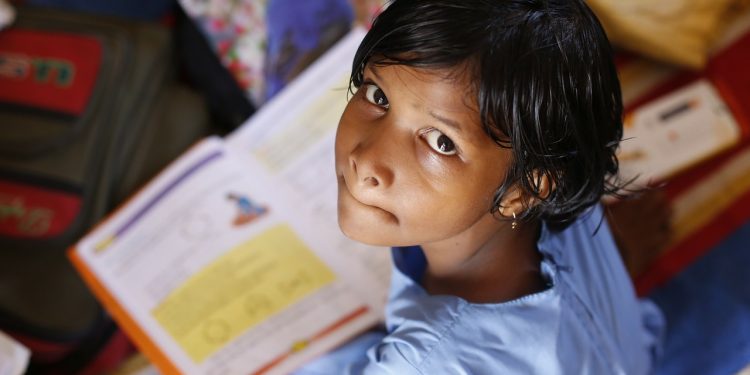Balaknama: Underprivileged Kids Turn Into Journalists

Introduction
Balaknama, meaning “children’s voice”, is one of the world’s most unique newspapers. It is written by street kids, about street kids, for street kids.
An initiative started by street children under the wing of the NGO Chetna in Delhi, the newspaper is written and edited completely by these youngsters with no interference from outside. Today, the newspaper has a circulation of around 5500 copies with a readership of over 10,000.
The homeless and slum children of Delhi, who come from impecunious backgrounds, use the newspaper as a medium to tell the world about their problems and help its target audience (street children) find stories they can relate to.
About the Newspaper
Balaknama is a quarterly publication with stories from all across India; states like Uttar Pradesh, Bihar and Andhra Pradesh. The paper is written in Hindi and its coverage includes hard-hitting topics such as child labour, child marriage and police brutality.
The children who write for the newspaper are given some training beforehand and are taught how to write articles. Most of these children work (or used to work) odd jobs during the day to earn some money and write for the newspaper afterwards. The reporters are not paid, but receive an allowance for travel and other expenses.
The team often interviews children living on the streets of Delhi to get first-hand accounts of their stories and the injustices faced by them. Then the team has a meeting to decide which stories will be published and after the final articles are written and editing is done, the production process for the newspaper begins.
The NGO Chetna takes care of the production costs and circulates newspapers at the price of 1 Rupee, the proceeds from which are used for the benefit of street children.
The Story of Jyoti
Jyoti Devi is a fifteen year old girl residing in a slum area of Delhi who works as a waste collector to earn a livelihood. She and her brother are forced to work in order to earn a sufficient income for the family. She collects everyday waste items like plastic bottles and cardboard. A kilogram of plastic bottles fetches her around 40 Rupees. Afterwards, she goes to a school run by Chetna to learn reading, writing, math and even life skills.
She is also a contributor to the newspaper and attends the meetings where the team discusses the next publication. One of Jyoti’s ideas was to include a story about youngsters who have overcome their drug addiction, a serious problem among the street children of Delhi.
Jyoti in turn also teaches younger children and encourages them to pursue an education. Among the children, Jyoti is a role model who is fighting against all odds to leave behind her days of collecting trash for money.
Conclusion
Shanno, Shambhu and Chandni, three members of the editorial team all come from destitute backgrounds and find their sense of purpose in working for the newspaper. Shanno, who used to work long hours and put up with her drunk father, is now studying for a degree in social work. She trains other reporters and helped conduct a survey of the children living on the streets of Delhi.
For these children, the newspaper serves as a medium through which their voices can be heard. The Balaknama team realizes that homeless children or those residing in slums deal with hardships that are rarely brought into the limelight, and strives to highlight such pressing issues by empowering children.
[Image Attribute: akshayapatra]




